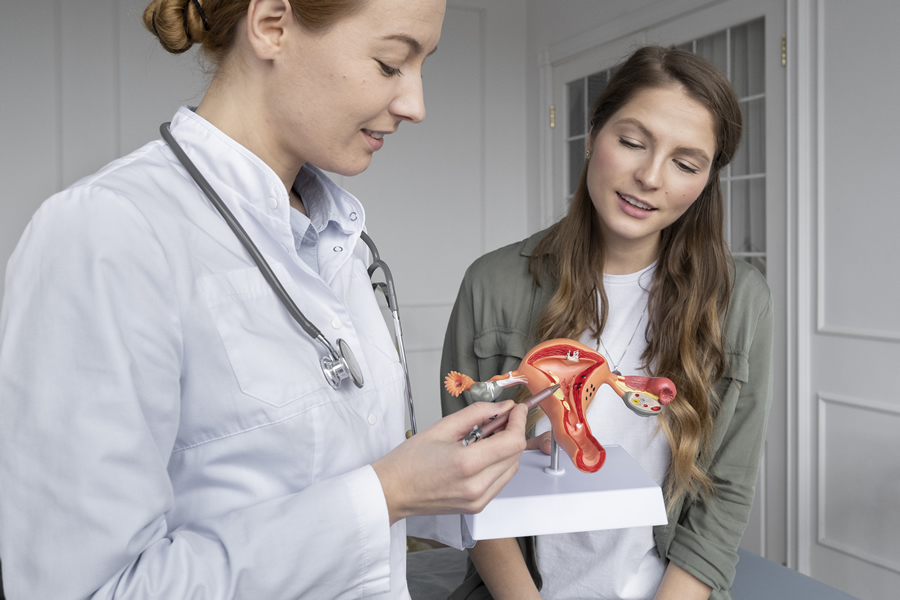Menu
- Home
- Treatments
- Our Providers
- About Us
- Patient Info
- Testimonials
- Locations
- Blog
- Financing
- Contact Us
- Home
- Treatments
- Our Providers
- About Us
- Patient Info
- Testimonials
- Locations
- Blog
- Financing
- Contact Us

Uterine fibroids are a common condition affecting many women, and it can lead to troublesome symptoms such as heavy menstrual bleeding, pelvic pain, and urinary issues. While surgical options like a hysterectomy or myomectomy have traditionally been used to address fibroids, Uterine Fibroid Embolization (UFE) has emerged as a minimally invasive alternative with promising outcomes. Continue reading or call National Vascular Associates to learn more about our Uterine Fibroid Embolization treatment. Our team is on standby to schedule a consultation or convenient appointment today.
Uterine fibroids can significantly impact a woman's quality of life. They can cause symptoms that range from uncomfortable to debilitating. For instance, heavy menstrual bleeding can lead to anemia, pelvic pain may affect daily activities, and urinary symptoms can be both inconvenient and distressing. For many women, these symptoms trigger a search for effective treatment options.
UFE is mistakenly referred to as Uterine Fibroid Embolization surgery, but this is not surgery in a traditional sense. This procedure offers several advantages over traditional surgical interventions. Firstly, it is minimally invasive; it requires only a small incision and is typically performed on an outpatient basis. This means shorter recovery times and reduced risk of complications compared to surgery.
Additionally, UFE preserves the uterus, making it an attractive option for women who wish to retain their fertility or avoid the emotional implications of hysterectomy.

The UFE procedure is conducted by a licensed physician and involves several key steps. First, the patient receives local anesthesia and mild sedation to ensure comfort throughout the procedure. Then, a thin catheter is inserted into the arteries that supply blood to the fibroids and guided by imaging techniques such as fluoroscopy or ultrasound.
Once the catheter is in place, tiny particles are injected into the arteries. These particles block blood flow to the fibroids, causing them to shrink and eventually die off. The entire procedure typically takes around one to two hours, and most patients can return home the same day.
Recovery after UFE is generally quicker compared to surgery, with many women able to resume normal activities within a few days to a week. However, it's essential to follow post-procedure instructions provided by the healthcare team, which may include taking pain medication, avoiding heavy lifting, and refraining from strenuous exercise for a period of time.
In the weeks and months following UFE, patients can expect a gradual improvement in their symptoms as the fibroids shrink in size. Many women experience relief from pelvic pain, reduced menstrual bleeding, and improvement in urinary symptoms. Regular follow-up appointments with our team are essential to monitor progress and address any concerns.
Uterine Fibroid Embolization offers a safe and effective alternative to surgery for women suffering from symptomatic fibroids. Still, we understand you may have questions and concerns, and our team is more than happy to address them. Contact National Vascular Associates to schedule a face-to-face meeting or come by our location to get to meet us in person!